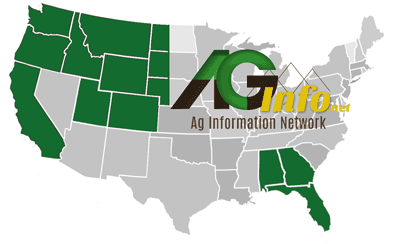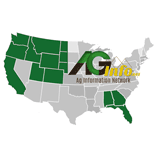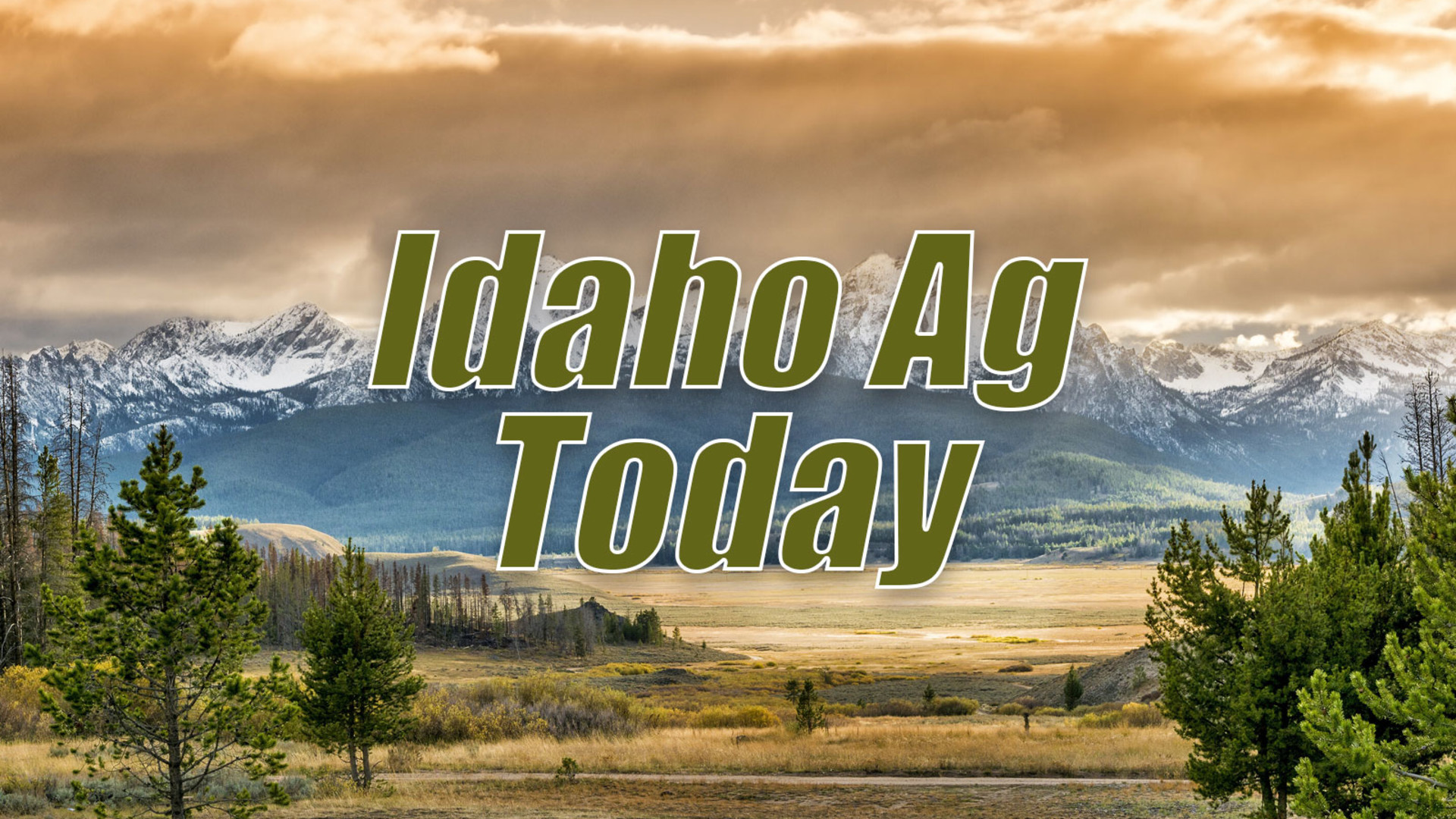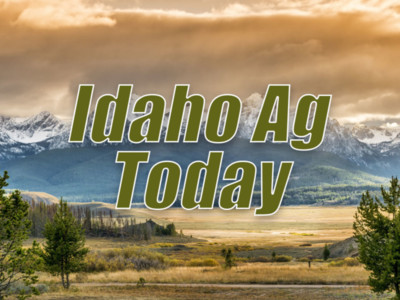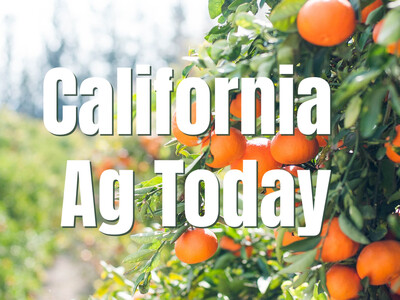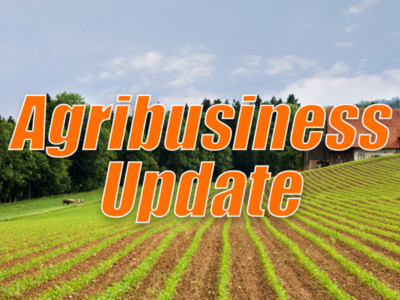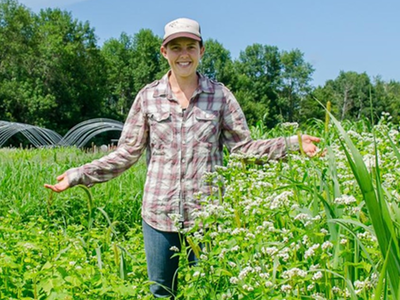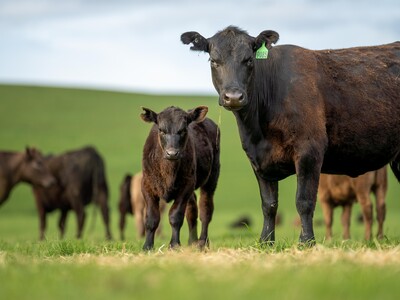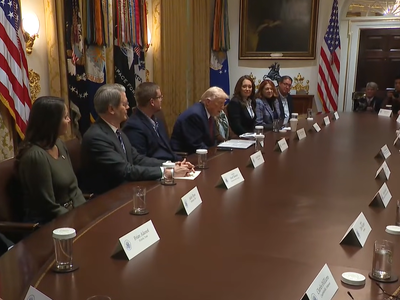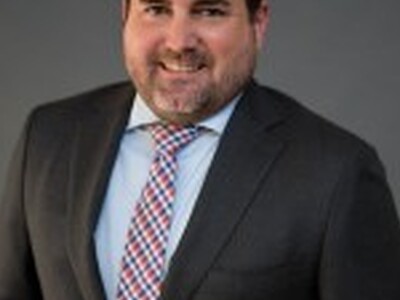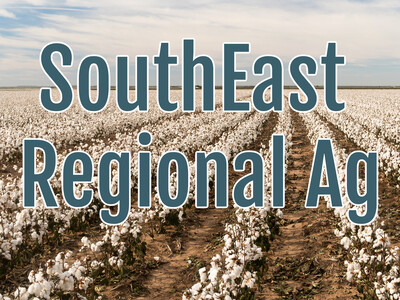Low interest loans
Idaho farmers, ranchers encouraged to apply for low-interestloans from the Idaho Soil and Water Conservation Commission. Numerous Idaho farmers and ranchers have tapped into the low- interest loan program financed by the Idaho Soil and Water Conservation Commission since it was created in the late 1980s.
In a newsletter article published today, the Commission profiled two producers in Canyon County who financed projects with the Commission’s low-interest loan program. Wayne Hungate financed a new sprinkler system that allowed him to double the capacity of his private pasture lands while also doubling the capacity of his cattle herd.
“I could not have made those improvements without the Commission’s loan program,” Hungate said. “It’s been a fun one – I’ve always wanted to try intensive grazing techniques on my own, and it’s been working really well.”
The Turner family, which operates a 1,600-cow dairy near Homedale, purchased a 40-foot minimum till seed drill to extend the growing season for their corn crop, while adding a second grain crop in the winter months. That has allowed them to increase yields on their corn crops by 15-25 percent, while adding value with the grain crop for their dairy herd.
The SWCC’s loan program, officially called the Resource Conservation and Rangeland Development program (RCRDP), is available to farmers and ranchers statewide to finance conservation projects on agricultural lands that have soil and water benefits.
“Our low-interest loan program has helped hundreds of growers make conservation improvements,” said Terry Hoebelheinrich, Loan Officer for the SWCC. “We want to make sure that all of our farmers and ranchers in the state know that our loan program exists and is open and available for applications. We have significant resources available to assist producers across the state.”
Hoebelheinrich notes that current interest rates in the private sector are in the 7-8 percent range, while the Commission’s rates are in the 3-5 percent range. Loan amounts can cover costs up to $600,000 per project.
The types of projects that can be financed include:
Irrigation systems such as sprinklers, mainline, gated pipe, and drip irrigation. Equipment can be new or used.
Minimum till, and no till drills, strip till equipment, precision ag equipment.
Livestock fences, cross fences, stock water systems for pastures and grazing lands.
Conservation improvements to animal feeding operations.
Riparian area fencing, culvert replacement, willow and other tree plantings, and hard rock stream crossings. What’s the process for applying for a loan? A conservation plan is developed with assistance from the Commission, NRCS, or Conservation District staff. The conservation plans describe a resource problem and the proposed solution to the problem, he said, adding the conservation plan may be as simple as a single page in length. The proposed project is reviewed and ranked by the local soil and water conservation district. The farmer/rancher submits the loan application and related information to the Commission, which makes the credit decision. Most applications should be submitted at least two months before the conservation project is needed and planned for implementation, Hoebelheinrich said. Only projects located within Idaho are eligible; they must be installed within one year from the loan approval date. Current rates and terms include:
3 percent interest for 7-year loans
4 percent interest for 10-year loans
5 percent interest for 15-year loans (which require a first mortgage on real estate). Producers can combine or stack a loan application to the Commission with grants from Commission or other state and federal agencies. For example, people could apply for a Water Quality Program for Agriculture (WQPA) grant from the Commission and supplement the grant with a Commission low- interest loan. For more information, contact Terry Hoebelheinrich, SWCC Loan Officer, at terry.hoebelheinrich@swc.idaho.gov or 208-332-1793.
